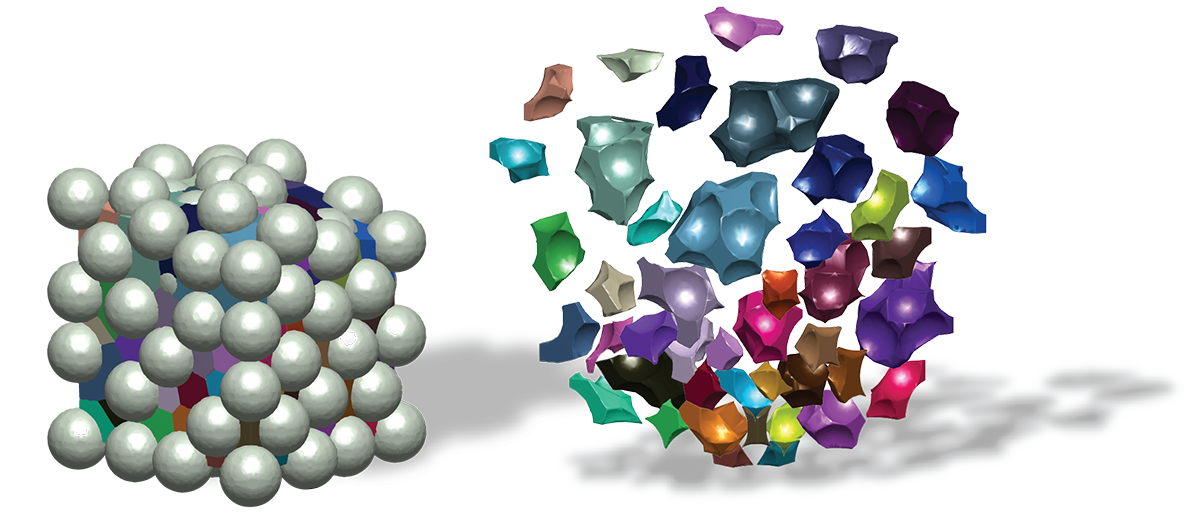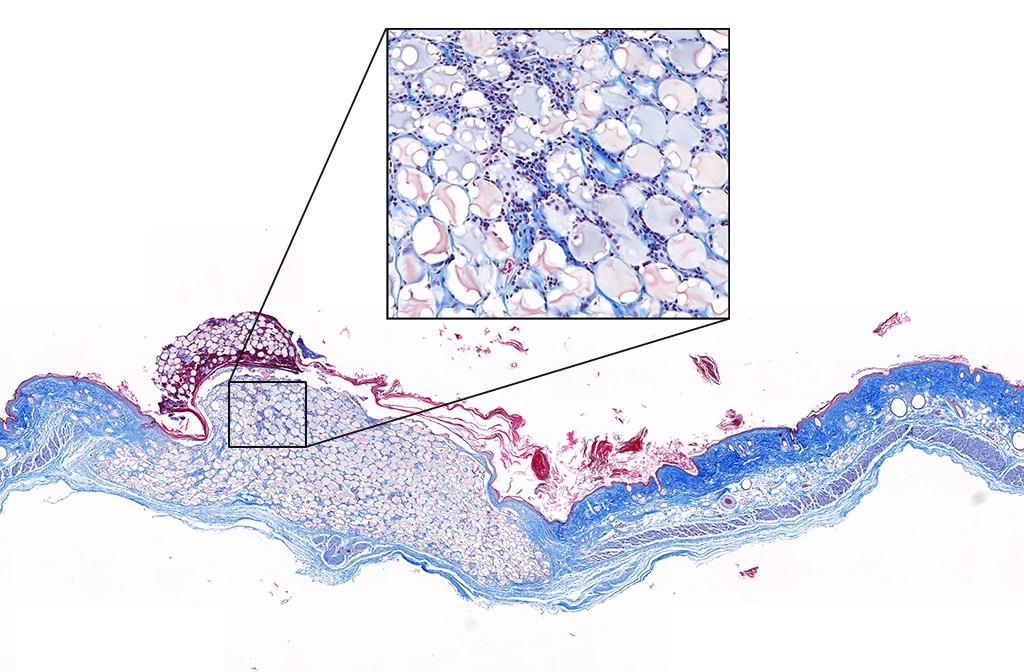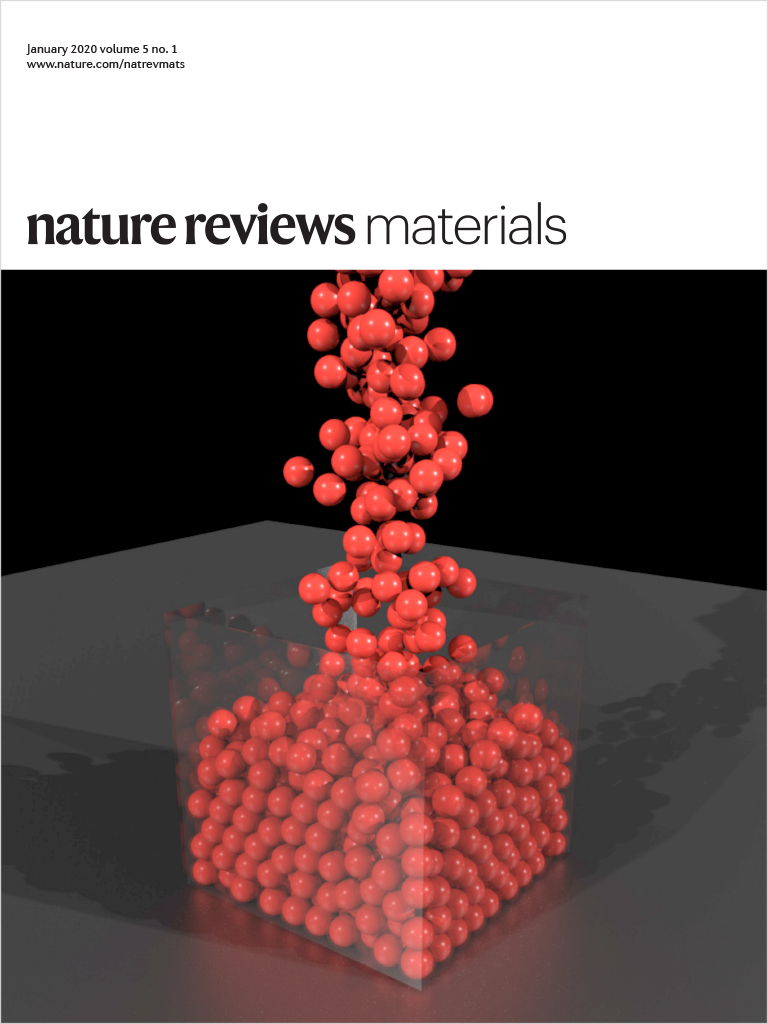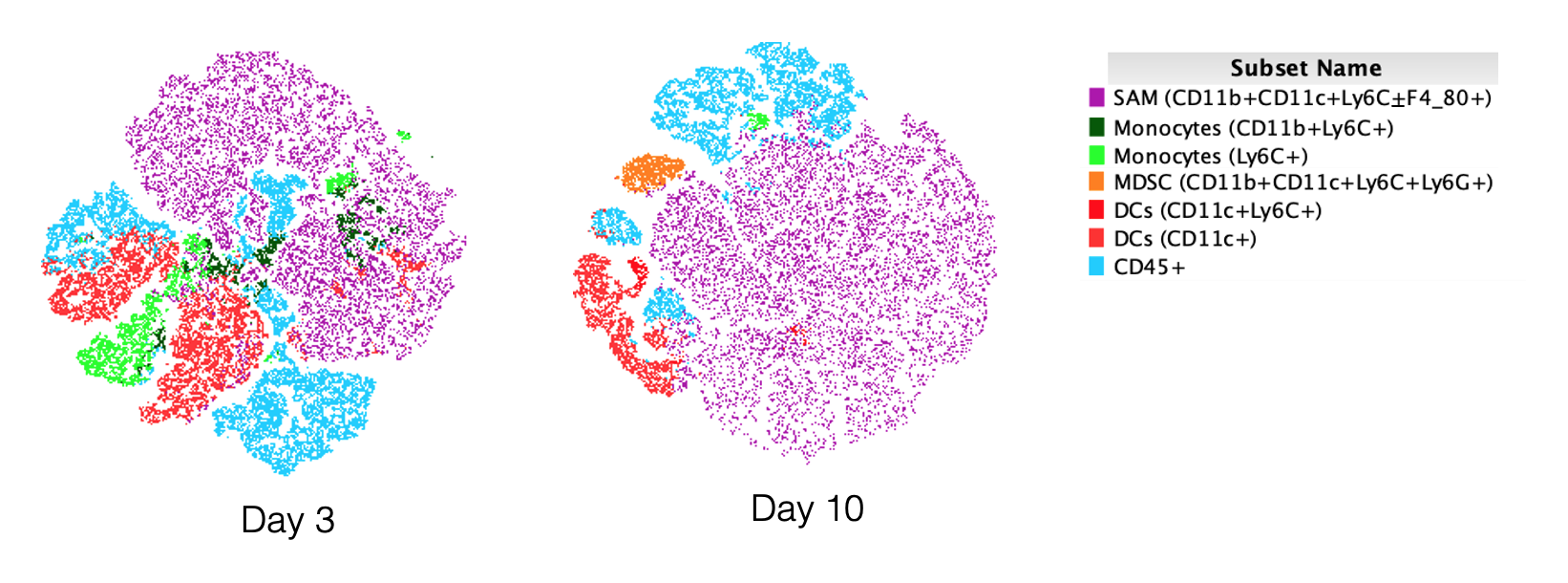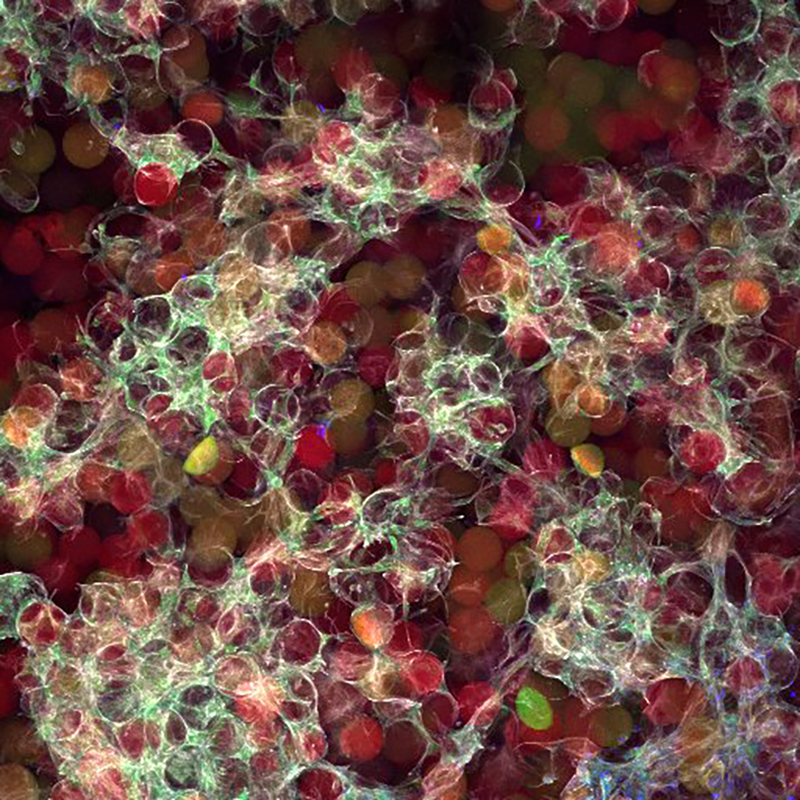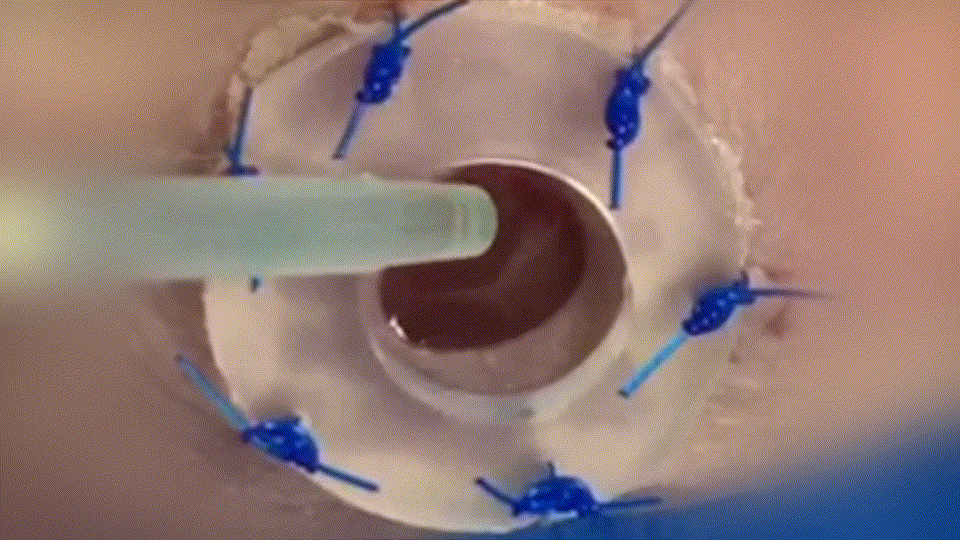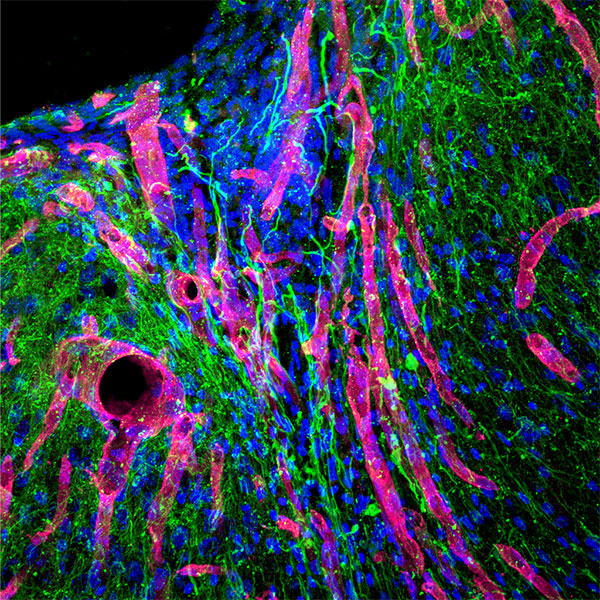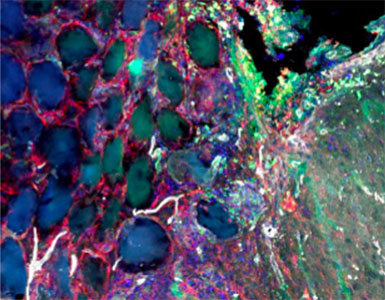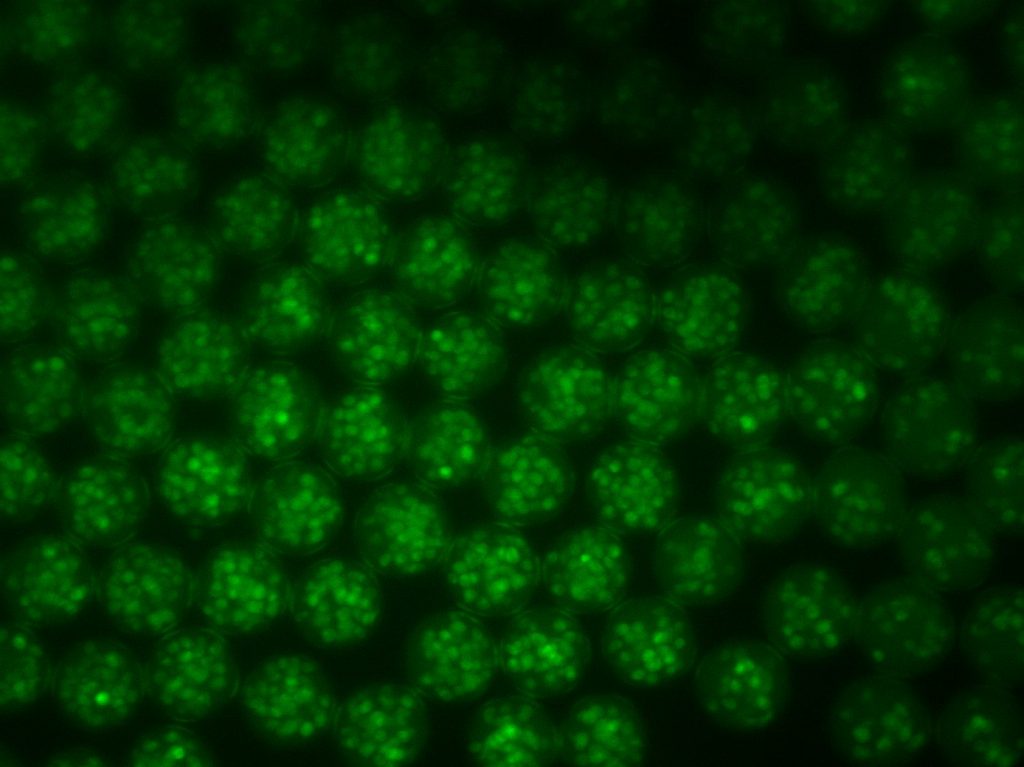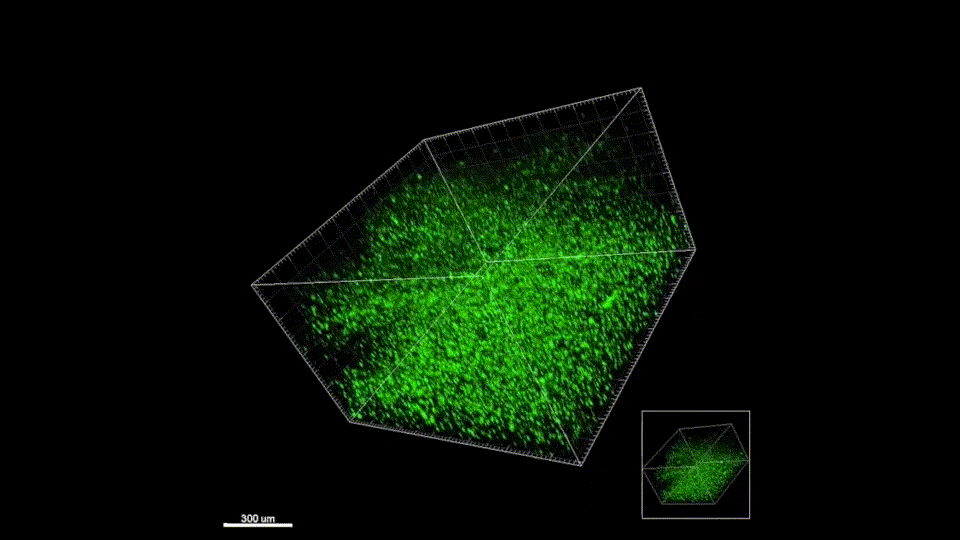Altmetric Score
Dimensions
Citation
The ability to design artificial extracellular matrices as cell-instructive scaffolds has opened the door to technologies capable of studying the fate of cells in vitro and to guiding tissue repair in vivo. One main component of the design of artificial extracellular matrices is the incorporation of biochemical cues to guide cell phenotype and multicellular organization. The extracellular matrix (ECM) is composed of a heterogeneous mixture of proteins that present a variety of spatially discrete signals to residing cell populations. In contrast, most engineered ECMs do not mimic this heterogeneity. In recent years, photo-deprotection has been used to spatially immobilize signals. However, this approach has been limited mostly to small peptides. Here we combine photo-deprotection with enzymatic reaction to achieve spatially controlled immobilization of active bioactive signals that range from small molecules to large proteins. A peptide substrate for transglutaminase factor XIII (FXIIIa) was caged with a photo-deprotectable group, which was then immobilized to the bulk of a cell-compatible hydrogel. With focused light, the substrate can be deprotected and used to immobilize patterned bioactive signals. This approach offers an innovative strategy to immobilize delicate bioactive signals, such as growth factors, without loss of activity and enables in situ cell manipulation of encapsulated cells.








